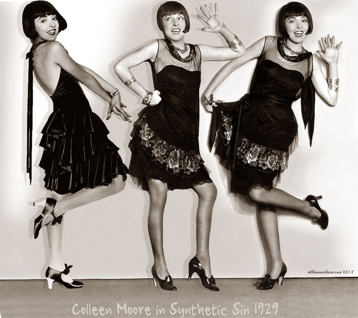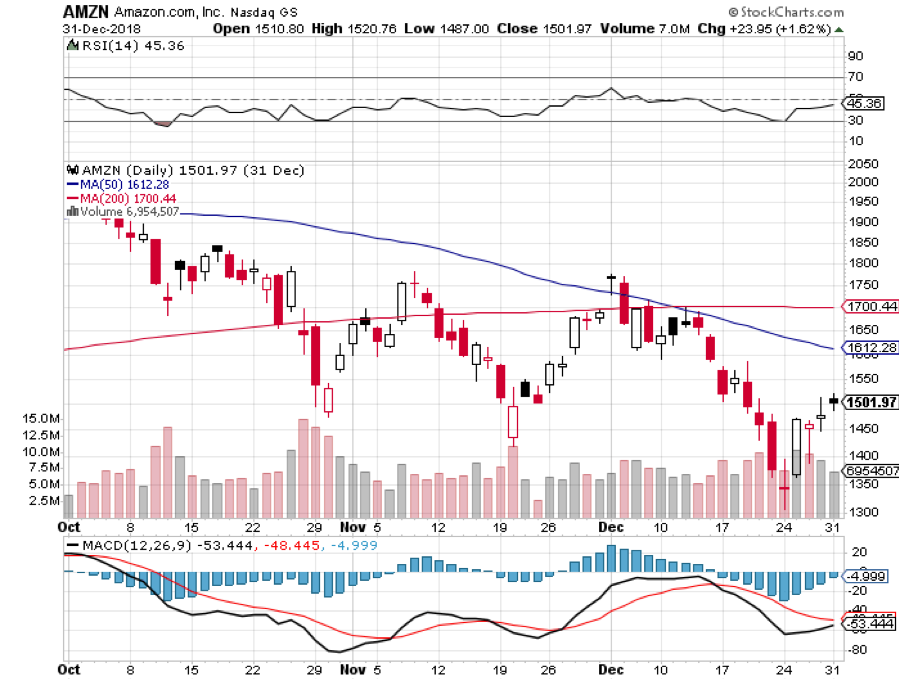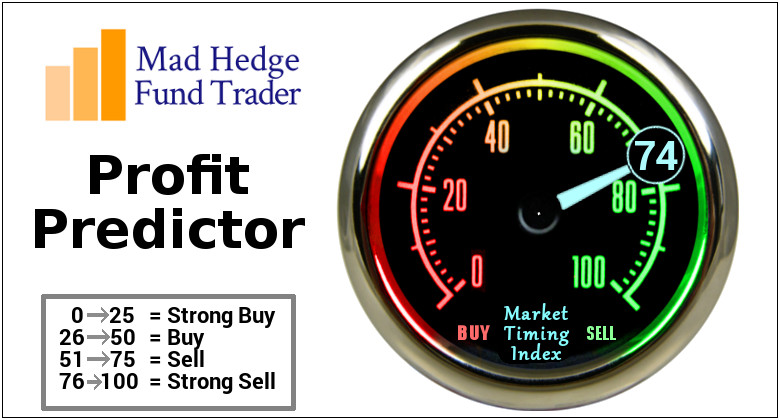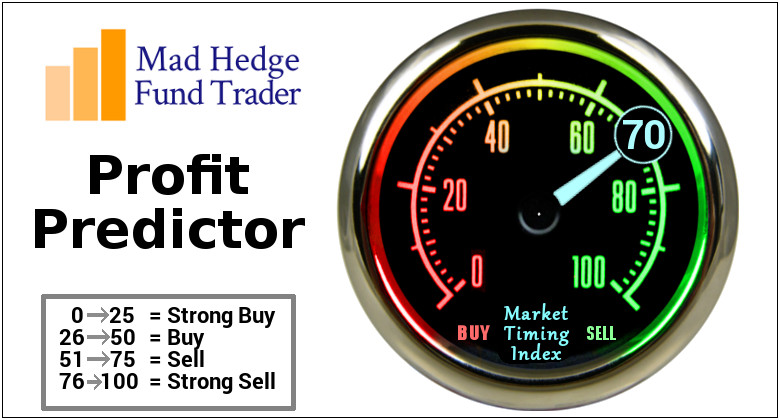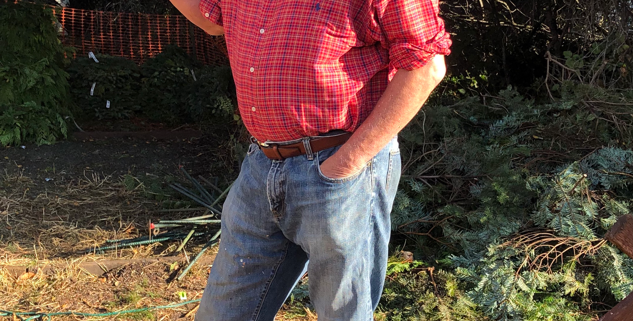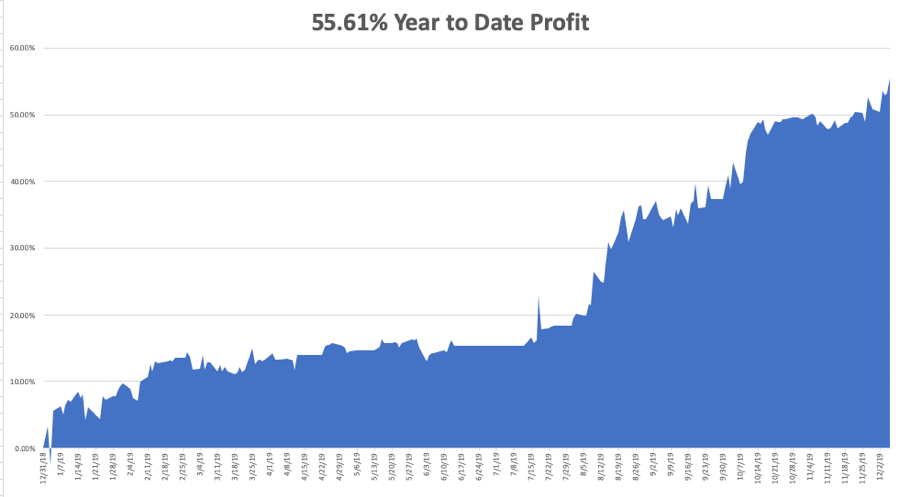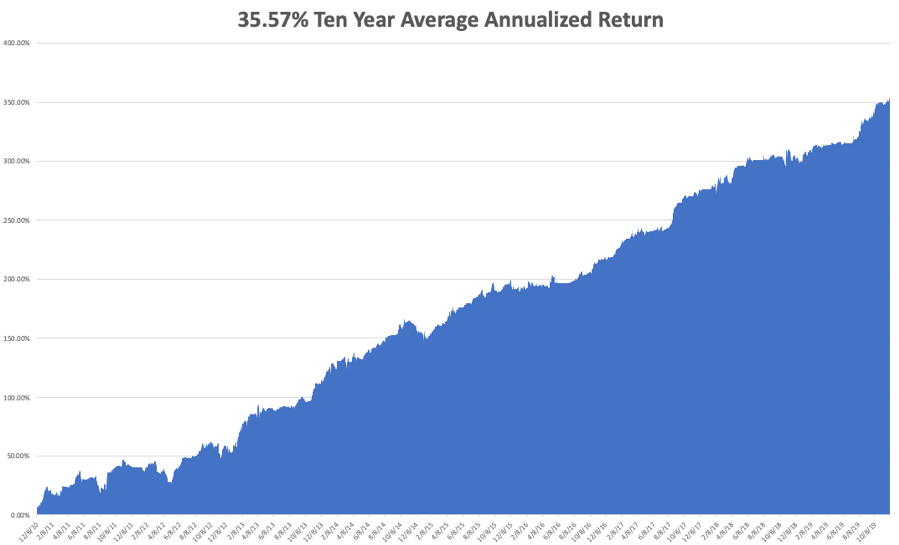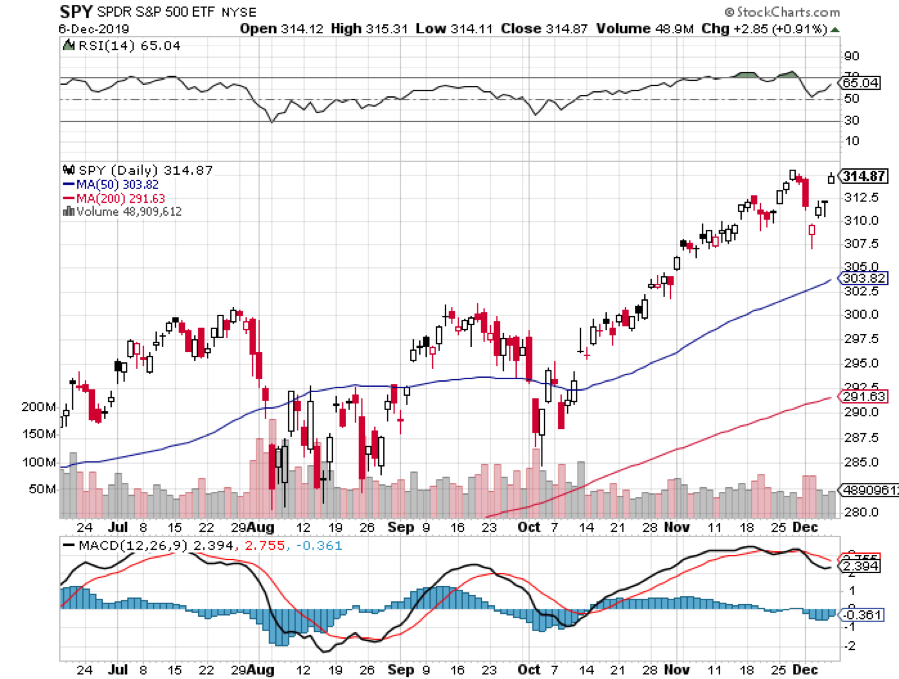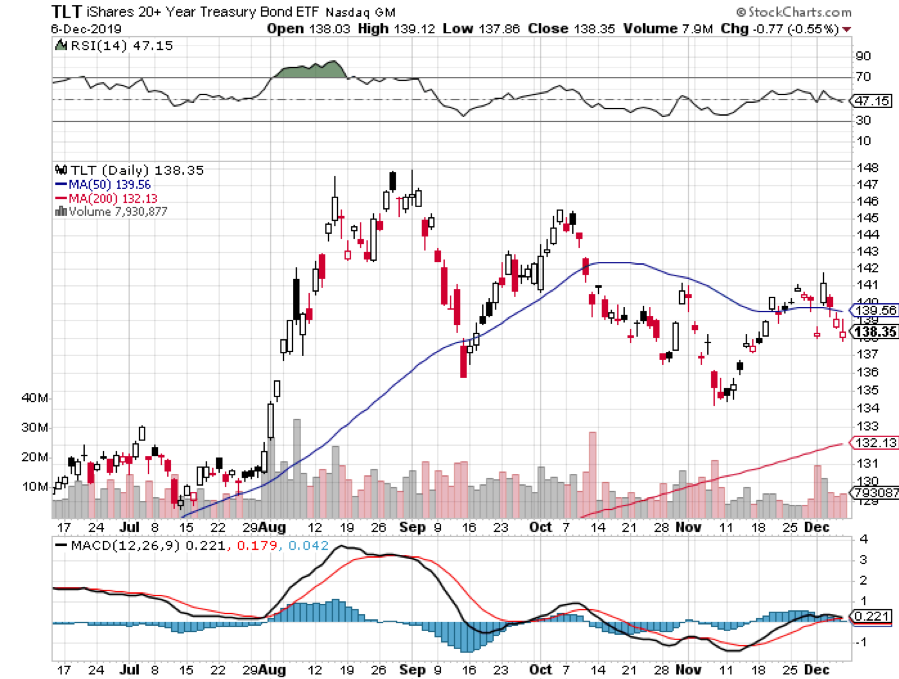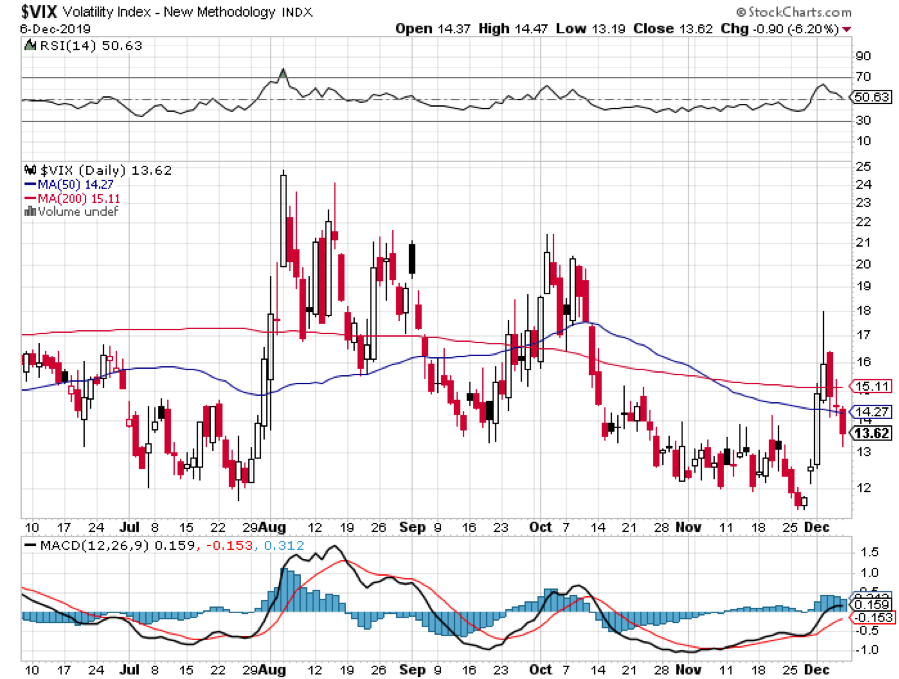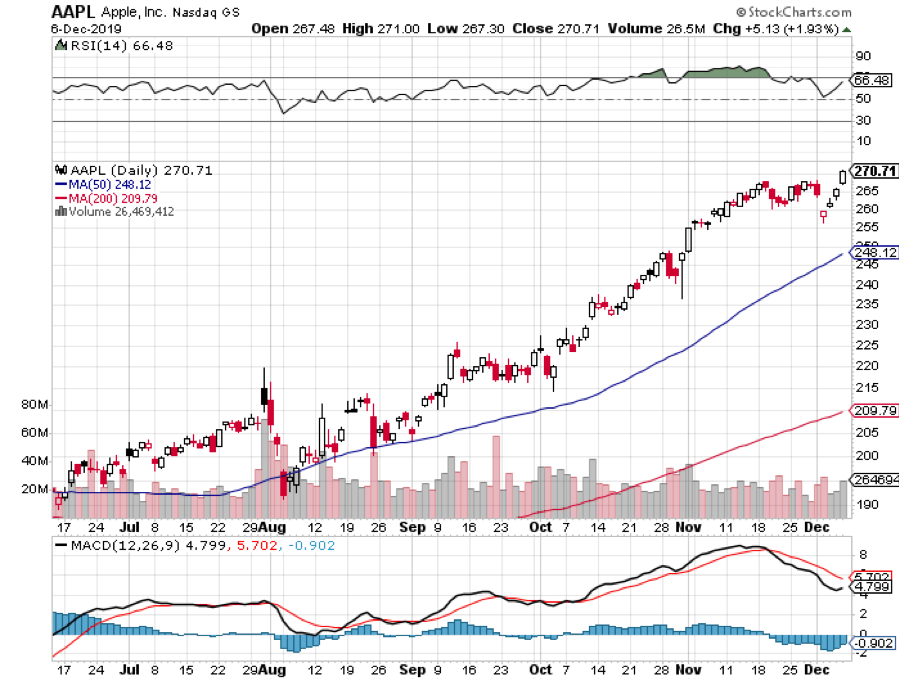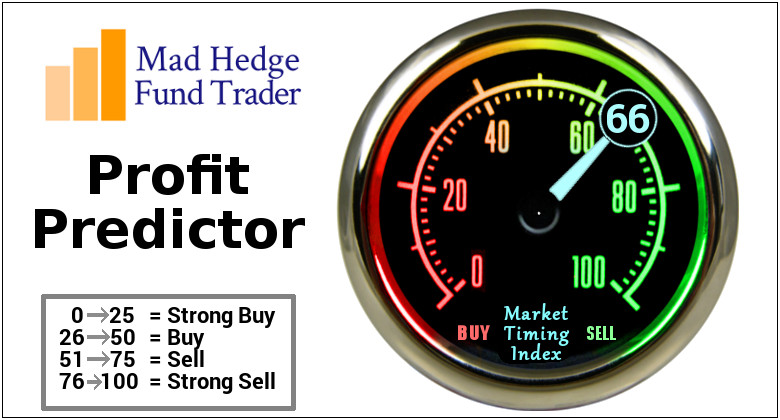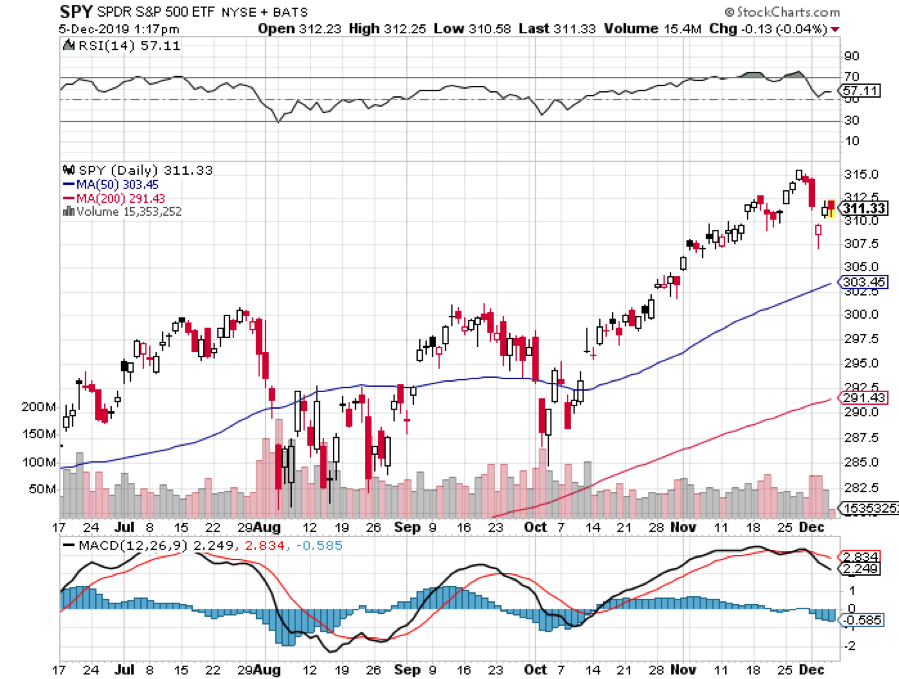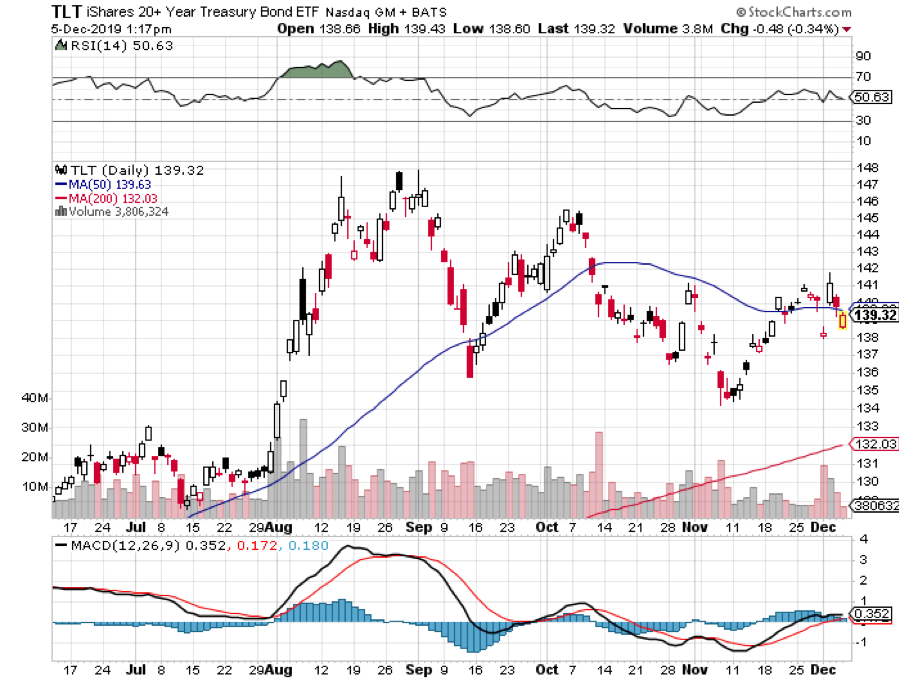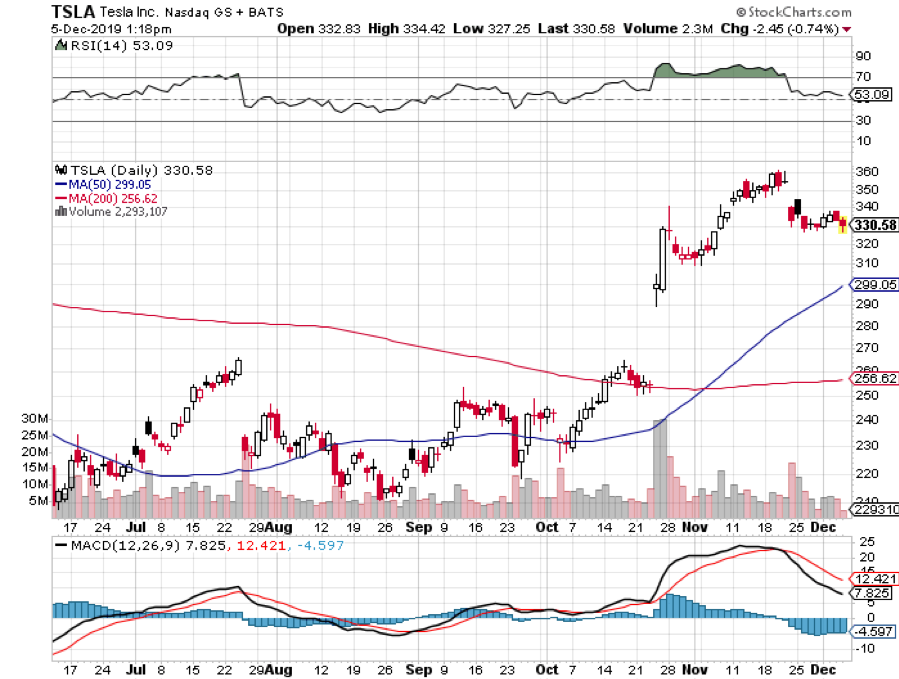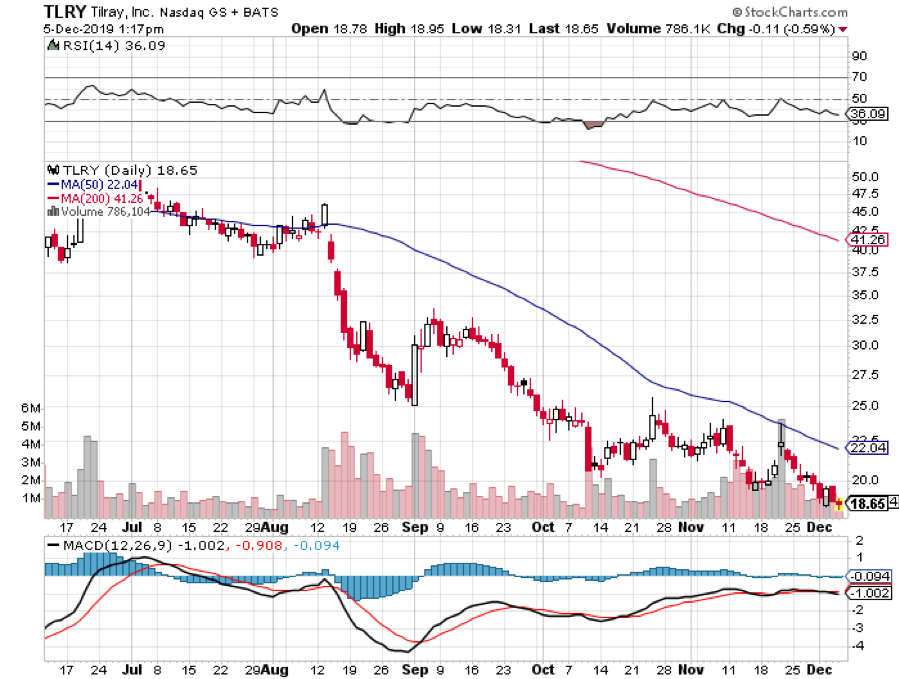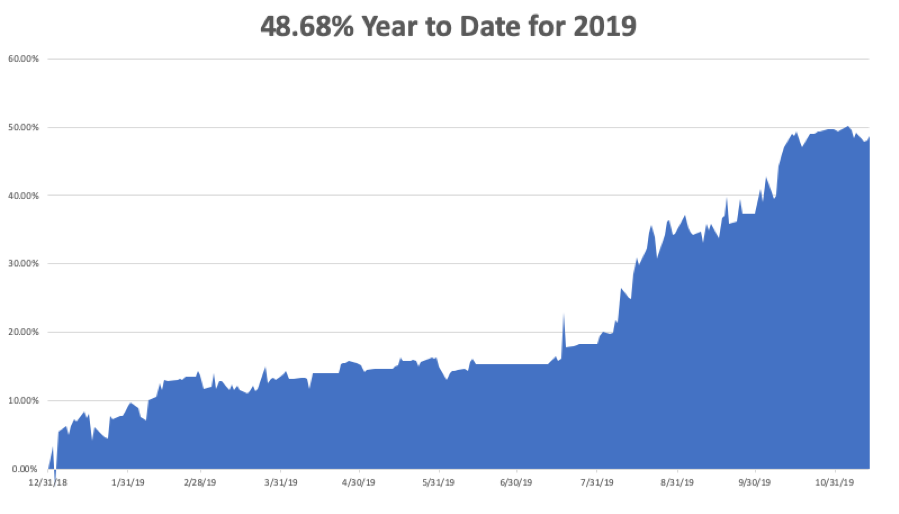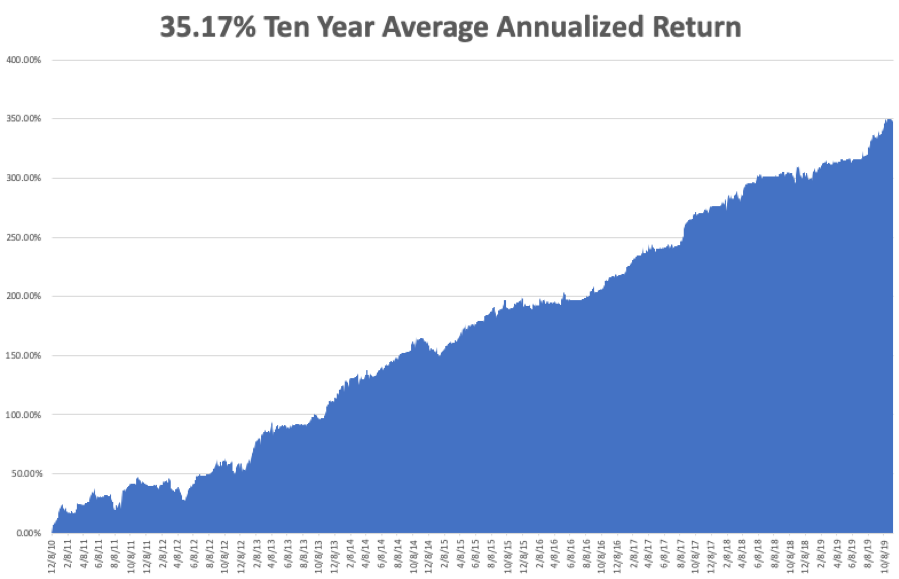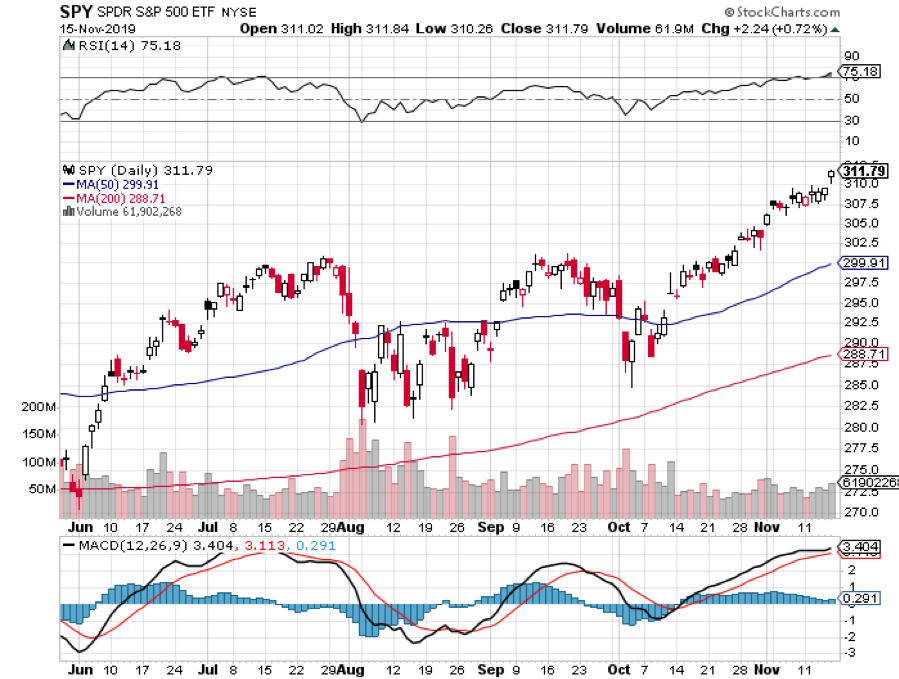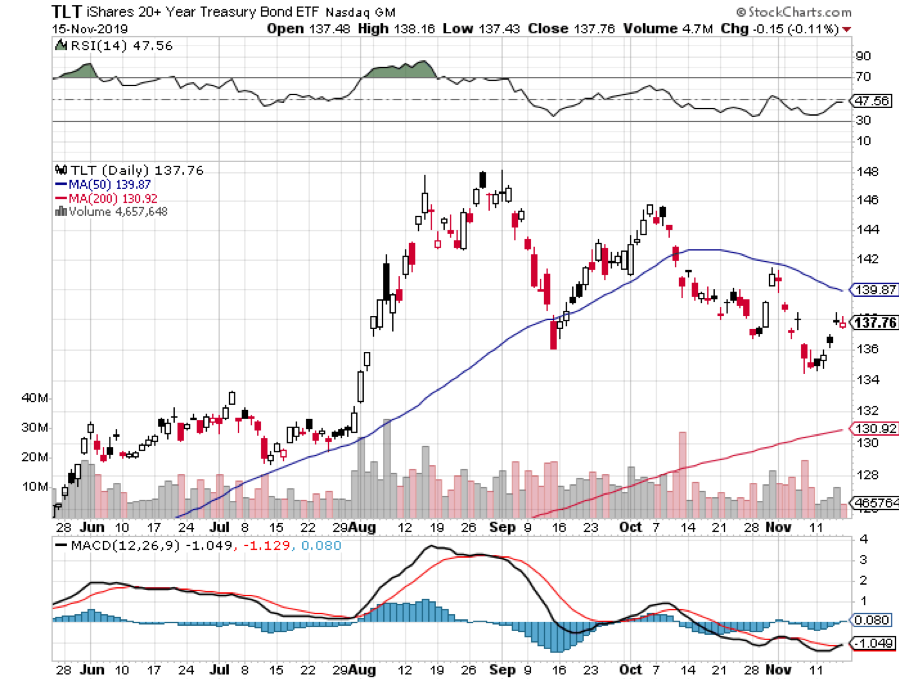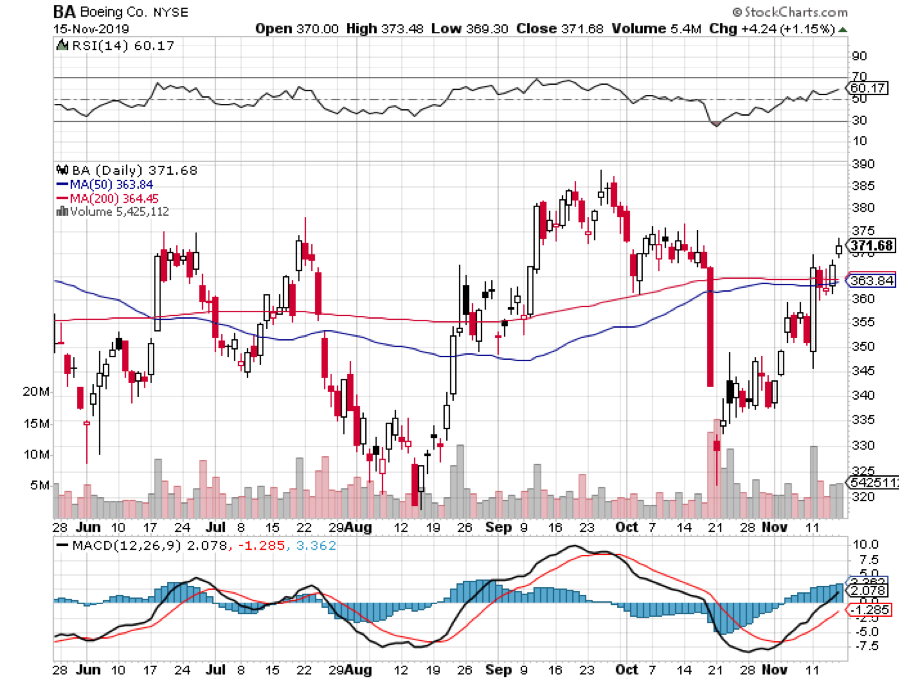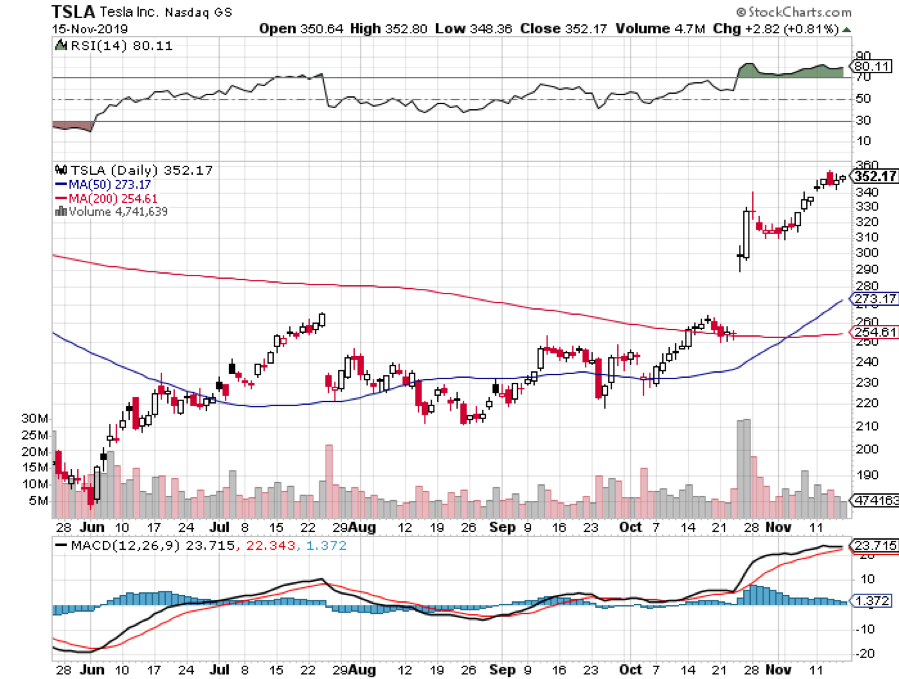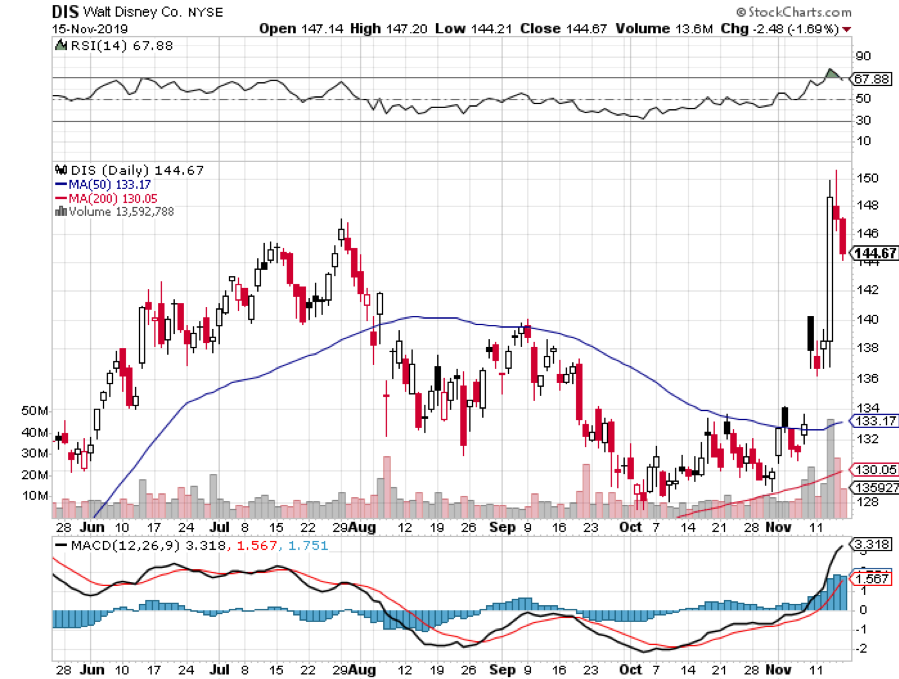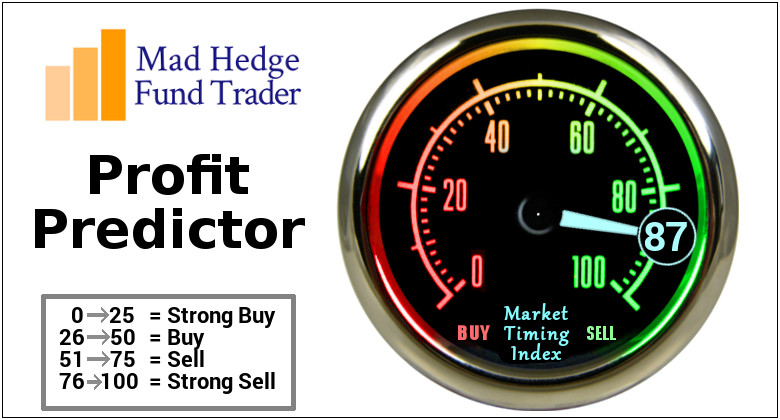What if the consensus is wrong?
What if instead of being in the 11th year of a bull market, we are actually in the first year, which has another decade to run? It is not only possible, it is probable. Personally, I give it a greater than 50% chance.
There is a possibility that the bear market that everyone and his brother has been long predicting and that the talking heads assure you is imminent, has already happened.
It took place during the fourth quarter of 2018, when the Dow Average plunged a heart-rending 20%. How could this be a bear market when historical ursine moves down lasted anywhere from six months to two years?
Blame it all on hyperactive algorithms, risk parity traders, and hedge funds, which adjust portfolios with the speed of light. If this WAS a bear market and you blinked, then you missed it.
It certainly felt like a bear market at the time. Lead stocks like Amazon (AMZN), Apple (AAPL), Facebook (FB), and Alphabet (GOOGL) were all down close to 40% during this hellacious three-month period. High beta stocks like Roku (ROKU), one of our favorites, was down 67% at the low. It has since risen by 600%.
In my experience, if it walks like a duck and quacks like a duck, then it is a bear. If true, then the implications for all of us are enormous.
If I’m right, then my 2030 target of a Dow Average of $125,000, an increase of 331% no longer looks like the mutterings of a mad man, nor the pie in the sky dreams of a permabull. It is in fact eminently doable, calling for a 15% annual gain until then, with dividends.
What have we done over the last ten years? How about 13.08% annually with dividends reinvested for a total 313% gain.
For a start, from here on, we should be looking to buy every dip, not sell every rally. Institutional cash levels are way too high, and bearishness is rampant.
It all brings into play my Golden Age scenario of the 2020s, a repeat of the Roaring Twenties, which I have been predicting for the last ten years. This calls for a generation of 85 million big spending Millennials to supercharge the economy. Anything you touch will turn to gold, as they did during the 1980s, the 1950s, and well, the 1920s. Making money will be like falling off a log.
If this is the case, you should be loading the boat with technology stocks and biotech stocks at every opportunity. Although stocks look expensive now, they are still only at one-fifth peak valuations of the 2000 summit.
Let me put out another radical, out-of-consensus idea. It has become fashionable to take the current red-hot stock market as proof of a Trump win in the 2020 election.
What if the opposite is true? What if, in fact, the market is discounting a Trump defeat? It makes economic sense. It would bring an immediate end to our trade war with the world, which is currently costing us 1% a year in GDP growth. Take Trump out of the picture and our economy gets that 1% back immediately, leaping from 2% to 3% growth a year.
The last Roaring Twenties started with doubts and hand wringing similar to what we are seeing now. Everyone then was expecting a depression in the aftermath of WWI, now that the big-time military spending was ending. After a year of hesitation, massive reconstruction spending in Europe and a shift from military to consumer spending won out, leading to the beginning of the Jazz Age, flappers, and bathtub gin.
I know all this because my grandmother regaled me with these tails, an inveterate flapper herself. This is the same grandmother who owned the land under the Bellagio Hotel in Las Vegas until 1978 and then sold it for $10 million.
It all sets up another “Roaring Twenties” very nicely. You will all look like geniuses.
I just thought you’d like to know.

